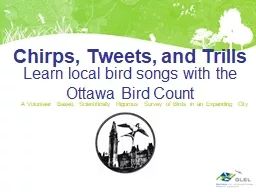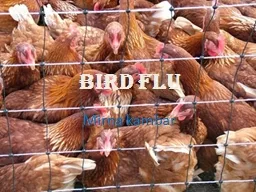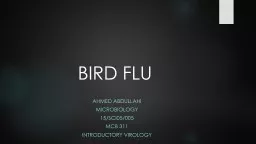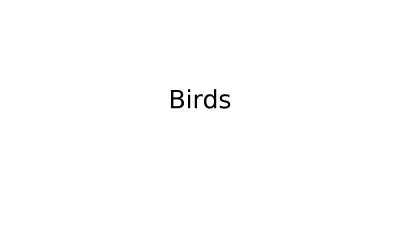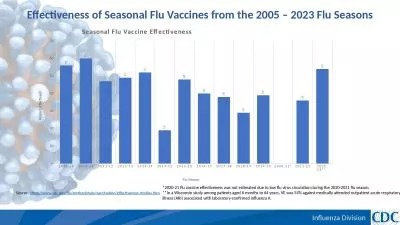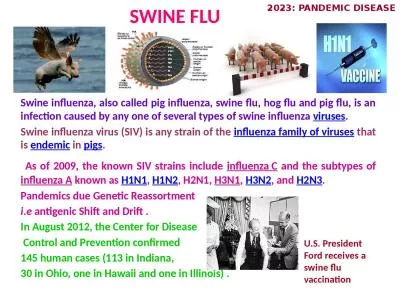PDF-Worried About H7N8 Bird Flu in Indiana What You Need to Know
Author : scarlett | Published Date : 2022-08-16
Page 1 of 3 Background Avian influenza bird flu outbreaks with a virus called H7N8 were reported in poultry in Dubois County Indiana B ird flu viruses occur
Presentation Embed Code
Download Presentation
Download Presentation The PPT/PDF document "Worried About H7N8 Bird Flu in Indiana W..." is the property of its rightful owner. Permission is granted to download and print the materials on this website for personal, non-commercial use only, and to display it on your personal computer provided you do not modify the materials and that you retain all copyright notices contained in the materials. By downloading content from our website, you accept the terms of this agreement.
Worried About H7N8 Bird Flu in Indiana What You Need to Know: Transcript
Download Rules Of Document
"Worried About H7N8 Bird Flu in Indiana What You Need to Know"The content belongs to its owner. You may download and print it for personal use, without modification, and keep all copyright notices. By downloading, you agree to these terms.
Related Documents




